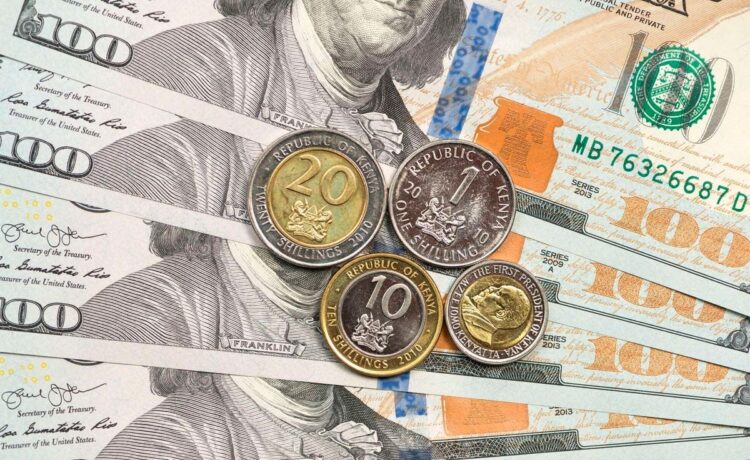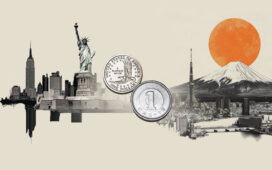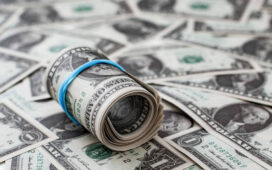Investment analysts at select international financial institutions expect the Kenya shilling to weaken modestly against the US dollar by year-end, citing a narrowing interest rate premium, fiscal risks, and social unrest.
An outlook report based on feedback from seven global banks, consultancies and think-tanks suggests the Kenyan currency will likely slide to 132 units against the US dollar by the end of December 2025, down from the current official rate of about 129.24 units.
“The currency is expected to depreciate further by December due to a narrowing interest rate differential vs the US Fed,” analysts at FocusEconomics wrote in their August 2025 outlook report.
“Rising political turmoil and a wider-than-projected budget shortfall pose depreciatory risks. FocusEconomics panelists see the shilling ending 2025 at Sh132 per US dollar and ending 2026 at Sh135 per US dollar.”
The Central Bank of Kenya’s (CBK) monetary policy committee has since the start of the year shaved its key lending rate by 150 basis points to 9.75 percent currently, signalling to commercial banks and the National Treasury to reduce interest rates on loans and bonds, respectively.
The Federal Reserve of the US, on the other hand, held its rate steady for the fifth time last Wednesday, triggering an upward movement in yields on US treasuries —a magnet for risk-averse investors.
This may see investors shifting to dollar-denominated assets, which are largely seen as safe havens, hurting the supply of the greenback and piling pressure on the shilling.
Kenya’s projected fiscal deficit of Sh923.2 billion, or 4.8 percent of gross domestic product (GDP), this fiscal year, which ends in June 2026, also poses a risk to the continued stability of the shilling.
This is because the budget shortfall is being met through increased borrowing from domestic and external markets, the latter of which is in foreign currencies.
Analysts at Capital Economics expect the shilling to weaken the most, projecting an exchange rate of 135 units per US dollar by end of the year, Fitch Solutions forecast Sh133, while Fitch Ratings predict Sh132.
Economist Intelligence Unit and Standard Chartered have each forecast the shilling to close the year at Sh131, while Oxford Economics and Citigroup Global Markets see a stable rate of Sh130 per dollar.
The consensus forecast depreciation of the shilling to 132 units per dollar is, however, softer than 137 units in February.
The shilling has largely been stable since mid-2024, hovering between 129 and 130, following the successful redemption of a $2 billion Eurobond in the first half of last year and CBK intervention.
Increased dollar inflows into government bonds previously auctioned at high interest rates and higher diaspora remittances and foreign loans from institutions such as the World Bank Group have also supported the local currency.
The shilling has traded at an average of 129.33 units to the dollar since the beginning of the year, with the CBK maintaining a “crawling peg” exchange rate, according to a top official at the apex bank.
The crawling peg strategy is where central banks tend to allow small adjustments on the exchange rate to cater for economic factors such as inflation and current account balance. This helps provide relative stability to the value of the currency (shilling) while allowing some flexibility resulting from changing economic conditions.
“Since February 2024, the exchange rate has been remarkably steady at Sh129 to Sh130 per US dollar, with indications the Kenya shilling would have appreciated more were it not for the central bank’s proactive reserve accumulation strategy,” analysts at global credit rating agency Moody’s wrote in a note on July 22.
“Despite these positive developments, external debt service needs remain large, averaging about $3.5 billion annually in interest and principal payments. Meeting these obligations without eroding the central bank’s reserve buffer will require continued access to concessional and market-based external financing.”




